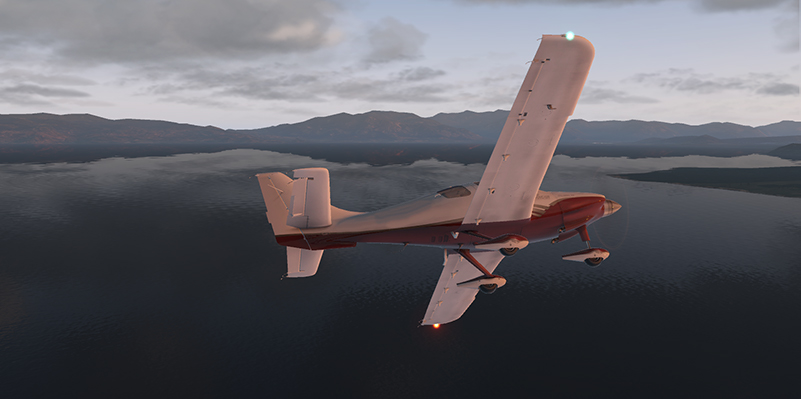The Steep Turn is a go-to Flight Proficiency Maneuver (FPM) of pilots and flight instructors alike, and for good reason. Few other maneuvers so efficiently shake off the rust of proficiency degradation as do Steep Turns.
Why?
In Steep Turns, we deliberately bring the airplane into an attitude in which it doesn’t fly itself, which means that precise control inputs are required based on multiple near simultaneous observations. If dividing your attention is a skill that degrades with lack of use, Steep Turns force an accelerated division of attention between bank, pitch, power, progress of the turn and environment.
What?
In a well-executed steep turn:
- The pilot prepares by choosing a good location, clearing the area, get to a stable airspeed (at or below Va), altitude and heading
- The pilot deliberately sets the power to a known setting at the start and end of the maneuver so that airspeed stays within 10 knots
- The pilot finds the pitch, bank and rudder pressure for a stable, 45°-55° banked coordinated turn, making small corrections to pitch and bank to keep bank within 5° and altitude within 100 ft of targets.
- In the meantime, the proficient pilot has enough time to keep track of progress of the turn (HI or outside reference) so that rollout happens within 10° of target heading.
- In the meantime, the proficient pilot also has some time to confirm airspeed and look around for traffic and other hazards.
How?
Here is a reference for the steep turn flying procedure from Boldmethod. Using trim is optional. It may help some student pilots more easily pass their check rides, but if your goal is proficiency, counting on your muscles for manual control inputs may be more helpful.
Additional tips for Steep Turns in proficiency practice:
- If at first you don’t succeed, you’re not alone. For proficiency, the practice is as important as the outcome, so keep practicing.
- Know your power setting – you will need additional power due to the increase in lift (and thus, induced drag). Once you know how much, you can just set it while you roll into the maneuver. Don’t forget to reduce power when you roll out. This makes it great practice for procedure proficiency.
- If you have trouble finding a stable bank/pitch and keep over-correcting (you are also not alone). Try a 720° turn and don’t worry about the exact roll-out heading. Focus on getting bank and pitch stable with only small corrections.
- Once you remember what a stable steep turn feels like (in each direction), perform a few 180° steep turns, to practice the roll-in and roll-out more quickly, while also practicing adding attention to the heading.
